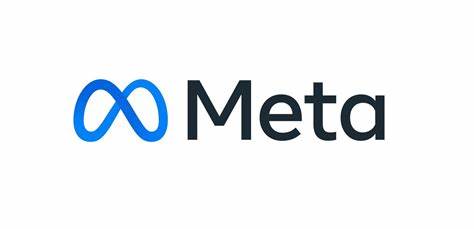
Government and companies are also very aware about any harmful and bad post. Because of this, companies keep making new changes. Continuing this trend, Meta has introduced a new tool. Come, let’s know about it.
Let us tell you that Meta said last Thursday that it is launching a system, which is a response to demands for advertisers to remove their marketing from controversial posts on Facebook and Instagram. These features will determine where their ads are shown.
The system gives advertisers three risk levels that they can choose from for their ad placement, which includes the option of excluding placement above or below posts containing sensitive content such as weapon depictions, sexual innuendo and political debate.
Meta ad measurement firm Zefr will also provide a report detailing what content Facebook advertisers see near their ads and how it was classified.
Marketers have long advocated for more control over how their ads appear online, complaining that big social media companies don’t do enough to stop ads from showing up with hate speech, fake news and other objectionable content .
The issue came to a head in July 2020, when thousands of brands joined a boycott of Facebook amid anti-racism protests in the United States. In a deal several months later, the company agreed to develop tools to ‘better manage ad adjacency’, among other concessions.
Government and companies are also very aware about any harmful and bad post. Because of this, companies keep making new changes. Continuing this trend, Meta has introduced a new tool. Come, let’s know about it.
Let us tell you that Meta said last Thursday that it is launching a system, which is a response to demands for advertisers to remove their marketing from controversial posts on Facebook and Instagram. These features will determine where their ads are shown.
The system gives advertisers three risk levels that they can choose from for their ad placement, which includes the option of excluding placement above or below posts containing sensitive content such as weapon depictions, sexual innuendo and political debate.
Meta ad measurement firm Zefr will also provide a report detailing what content Facebook advertisers see near their ads and how it was classified.
Marketers have long advocated for more control over how their ads appear online, complaining that big social media companies don’t do enough to stop ads from showing up with hate speech, fake news and other objectionable content .
The issue came to a head in July 2020, when thousands of brands joined a boycott of Facebook amid anti-racism protests in the United States. In a deal several months later, the company agreed to develop tools to ‘better manage ad adjacency’, among other concessions.
Samantha Stetson, Meta’s vice president for Client Council and Industry Trade Relations, said she expects Meta to introduce more granular controls over time, so that advertisers can specify their preferences around various social issues.








